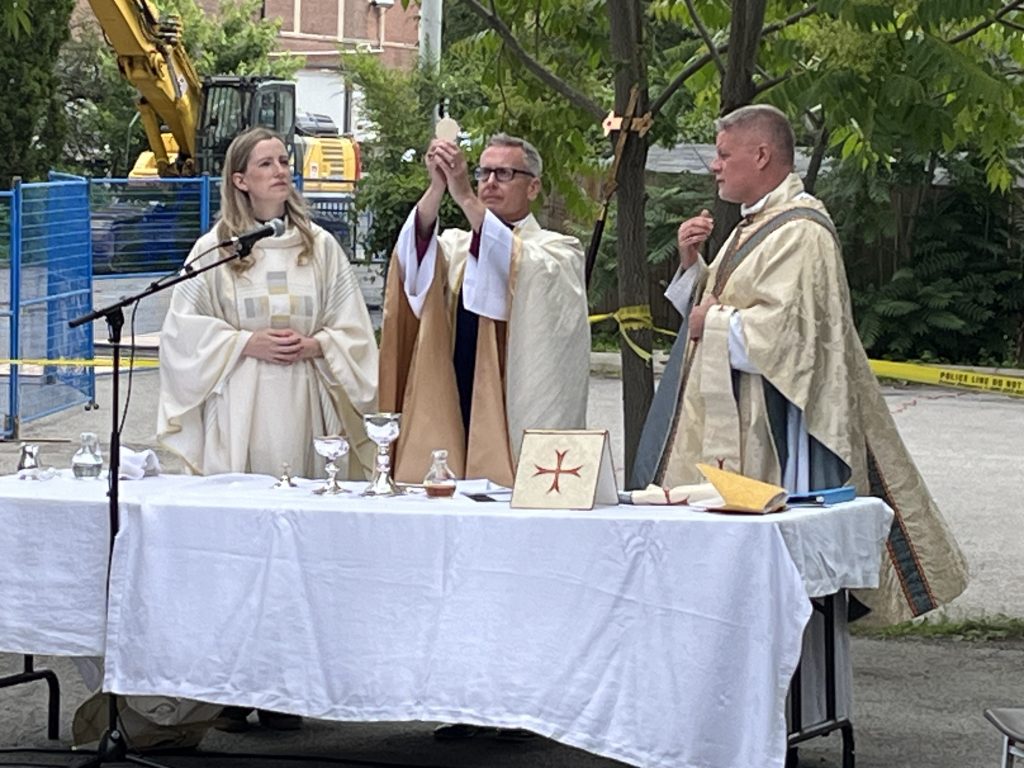Ashley Smith’s long-delayed inquest starts
Posted January 14, 2013 5:24 am.
This article is more than 5 years old.
The inquest into the death of a teenager who choked to death while prison guards videotaped the tragedy but did not intervene will serve as a memorial to her, the presiding coroner says.
As the long-awaited probe finally opened on Monday, presiding coroner Dr. John Carlisle told jurors the death of Ashley Smith was a tragedy that needs to inform the future.
“We cannot now reverse the course of history. What is done is done,” Carlisle told the five-women jury.
“This is the best memorial we can give to Ashley.”
Smith, 19, of Moncton, N.B., died in October 2007 in her segregation cell at the Grand Valley Institution in Kitchener, Ont.
Jurors will tour the prison on Thursday.
In an agreed statement of facts, jurors heard the teen died after tying ligatures around her neck while guards — ordered not to enter her cell if she was breathing — watched and videotaped.
“Those immediate circumstances of Ashley Smith’s death are shocking,” said Jocelyn Speyer, coroner’s counsel.
This week, jurors will watch the “most disturbing” video of her death because “it provides an accurate account of what happened,” Speyer said.
The opening day of evidence marked the start of the second inquest. The first attempt went off the rails amid acrimonious legal squabbling, and was scrapped after the first coroner retired.
Julian Falconer, lawyer for the Smith family, said outside the coroner’s court the hope is that the inquest will shed light on why a mentally ill young woman was subjected to what he called “absolute torturous” circumstances.
“This has been a very long time coming for a family that has literally fought blood, sweat and tears to get a process in which the truth would come out,” Falconer said.
“We’d like answers to those questions, but invariably my experience has been (that) this ends up being turned on the family, so this is going to be a tough process.”
In all, about 100 witnesses are expected to testify at the inquest, which could last as long as a year.
Jurors heard how Smith had spent much of her last year in segregation, shunted across the country from prison to prison.
Carlisle has made it clear he wants to explore how the prison system deals with the mentally ill.
Smith was adopted when she was five days old. All seemed normal until she began acting out at school starting at age 10, the start of a long downward spiral that saw her suspended from schools and end up in youth custody at age 15.
In her three years in youth custody in New Brunswick, Smith racked up several hundred recorded incidents, ranging from refusal to hand over a hair brush, to self-harm and suicide attempts.
Her string of in-custody offences over the years — such as for spitting at guards or assaulting other inmates — each added to her time behind bars.
By the time she died, her initial 45-day sentence had grown to a staggering total of 2,239 days — more than six years.
Kept almost entirely in segregation, the increasingly troubled teen spent the last year of her life shunted 17 times among nine institutions in five provinces. She tried to hurt herself with alarming frequency.
In September 2006, weeks before she was moved into the adult prison system, Smith wrote in her journal: “If I die then I will never have to worry about upsetting my mom again.”








